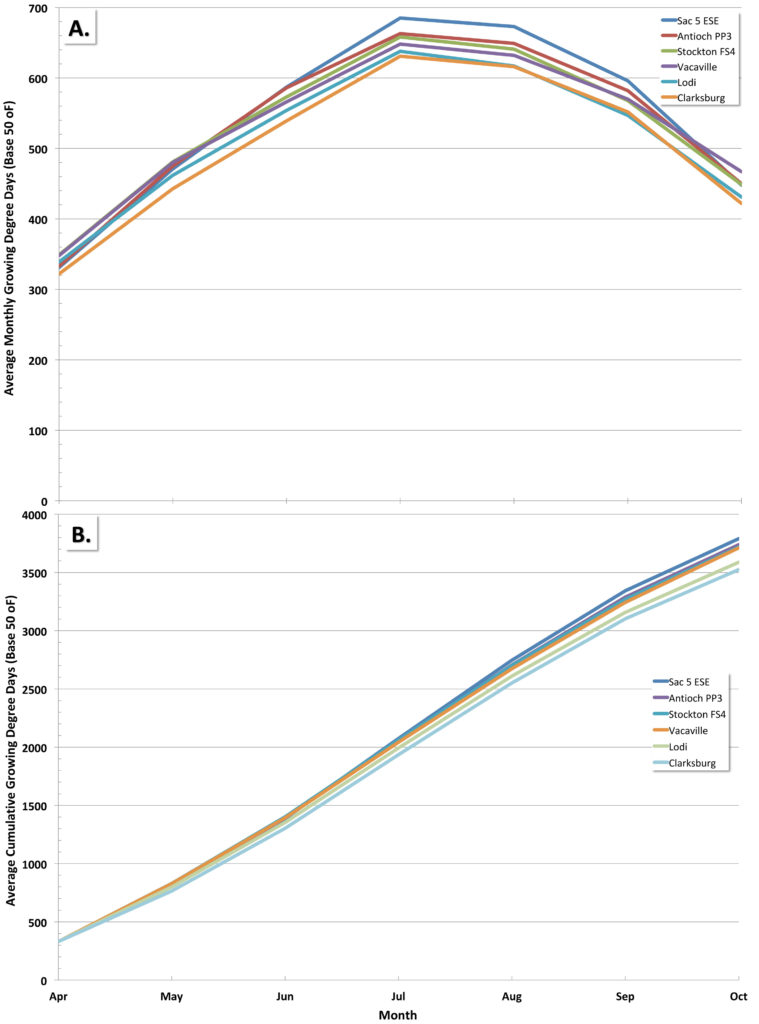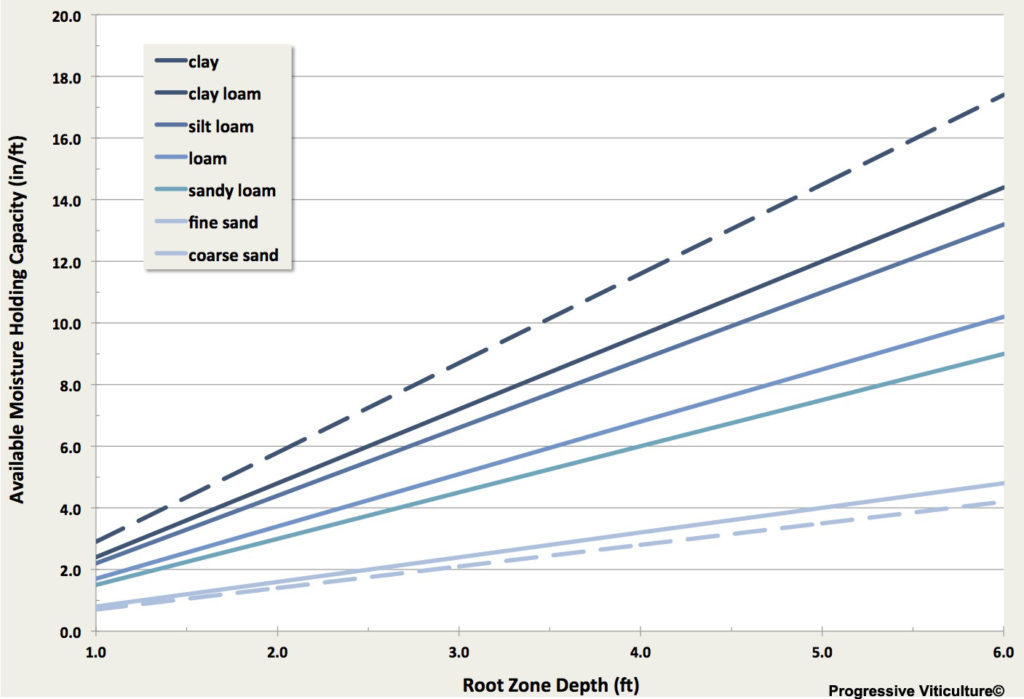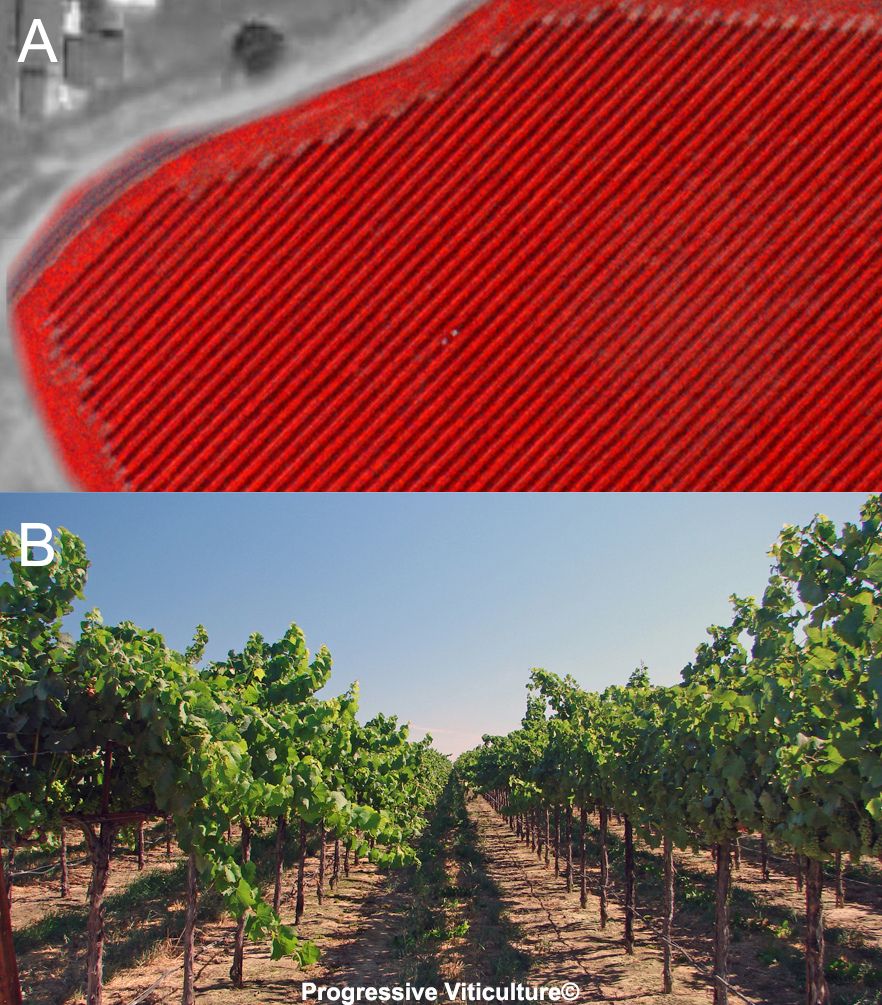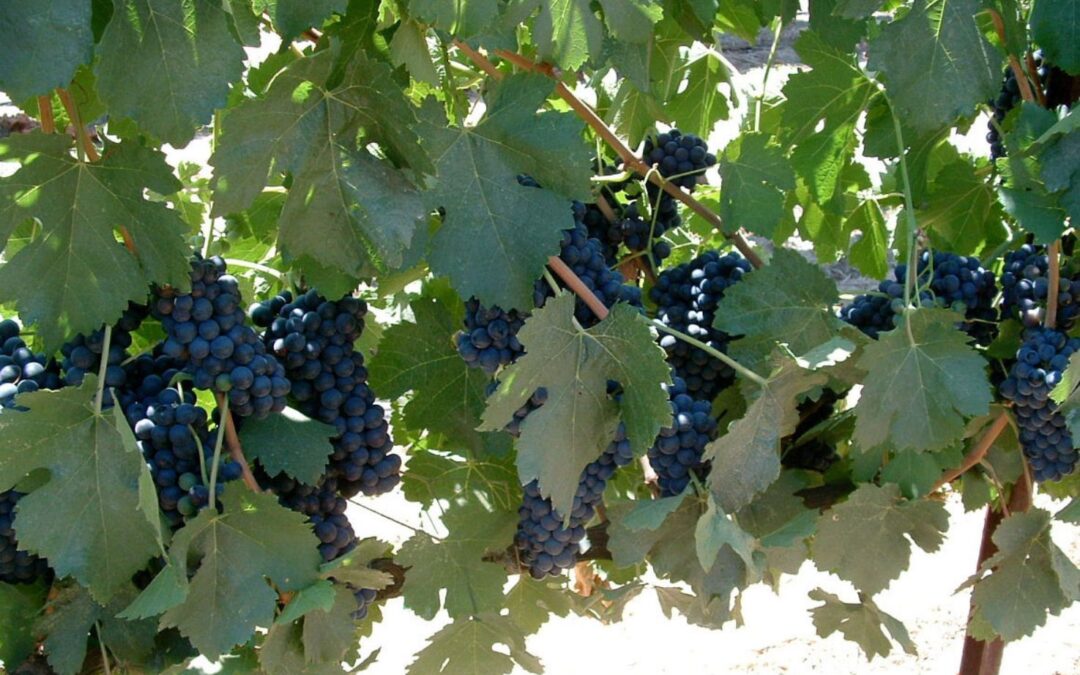FEBRUARY 11, 2019. BY STAN GRANT.
Effective resource use is the cornerstone of sustainable winegrowing. And when it comes to vineyard management decisions involving resources, be they resources residing at the site or applied resources, there are three basic aspects to consider. They are resource quantity, intensity, and timing.
Quite simply, there is no substitute for the proper resource applied in appropriate amounts and intensity at the most opportune time for optimizing resource use efficiency for grapevine growth, fruit production, grape quality, and return on investment. Here, intensity refers to the amount of resource per some relevant vineyard unit, such as per vine, per acre, or per week. Resource quantity, intensity, and timing are interrelated and as you will see, all three need to be considered together to effectively manage (or at least influence) resources over which we have some degree of control.
Quantity, Intensity, and Timing of On-Site Resources
Quantity, intensity, and timing are evident in vineyard climates, including the heat and sunlight that drives grapevine growth and development. The accumulated heat units (degree-days) we use to compare winegrape growing regions are quantity factors. The distribution of those heat units over the course of the growing season is a timing factor (Fig. 1). And the actual heat received during any given period of time is an intensity factor. Similar statements may be said for sunlight.

Fig. 1. Degree days per month (A) are heat timing and intensity factors,
while cumulative degree days (B) are a heat quantity factor.
(Progressive Viticulture©)
California winegrape growing areas receive rainfall almost exclusively during the winter. Therefore, the timing of the greatest available soil moisture from rainfall is early in the growing season. During that time, the total quantity of soil moisture depends on the depth of the root zone, which is commonly reported in feet, while the intensity is proportionate to the soil moisture holding capacity in inches per foot (Fig. 2).

Fig. 2. Both soil texture and root zone depth affect soil moisture holding capacity.
The former is an intensity factor and the latter is a quantity factor.
(Progressive Viticulture©)
As with soil moisture, the total quantity of mineral nutrients depends on the size of the vineyard root zone. For drip irrigated vineyards, the root zone is dynamic and diminishes over the course of the growing season as the soil in the tractor rows dry and the active root system recedes under the drip emitters. So, the quantity of available nutrients accessible to grapevine roots is a function of timing during the growing season.
The intensity of mineral nutrients in the root zone depends on the soil’s capacity to release minerals into the soil solution from weathered minerals, decomposing organic matter, adsorbed and precipitated sources, and fertilizer residues. At the same time, mineral uptake by grapevine and cover crop roots, along with leaching below the root zone, decrease the nutrient intensity from these on-site sources. We usually think of mineral nutrient intensity in laboratory units, such as parts per million (ppm), or nutrient units per unit land (lb/acre).
Quantity, Intensity, and Timing of Vineyard Management Inputs
We can increase the quantity of sunlight adsorbed by grapevines through canopy management practices that increase the amount of exposed leaf surface per unit land. We can also increase the intensity and efficiency of sunlight interception by increasing the proportion of leaves on the canopy exterior (Fig. 3).

Fig. 3. Chardonnay on a Wye Trellis, as seen from above in an infrared aerial image (A)
and on the ground (B), has both a large vine leaf area per unit land (leaf area quantity)
and a high proportion of exterior canopy leaves (leaf area intensity).
(Progressive Viticulture©)
Similarly, we can control the intensity of afternoon sunlight reaching the fruit zone by regulating the number of leaf layers between the exterior and interior of the canopy. For most of California, the optimum canopy configuration for this purpose consists of a single layer of leaves with gaps that allow intermittent and dappled sunlight to reach the fruit and the bases of canes (Fig. 4). While leaf exposure for maximum sunlight absorption and photosynthetic efficiency is critical throughout the season, adjustments to regulate sunlight intensity in the fruit zone are best imposed after bloom to ensure maximum fruit set and berry acclimation to sunlight.

Fig. 4. Lateral leaf removal regulates fruit zone sunlight intensity
of Petite Sirah on a vertical shoot positioned (VSP) trellis.
(Progressive Viticulture©)
Early in the growing season, the quantity of soil moisture stored from winter rains is a natural asset that contributes to canopy development. However, for most California vineyards, the capacity of the soil reservoir is insufficient to avoid severe water stress later in the season and stored soil moisture must be supplemented with applied water.
This brings us to fundamental questions of irrigation scheduling – when and how much water to apply?
At the most basic level, irrigation schedules depend on the difference between the intensity of the evaporative demand of the dry atmosphere (inches/day) and the quantity of available moisture in the root zone (inches). Our decision to apply water depends on the extent we are willing to allow the soil to dry and the corresponding intensity of stress imposed on the vines. The complete irrigation scheduling process, of course, is more complex because we have to consider vineyard design factors and soil hydraulic characteristics, as well as vineyard management objectives.
Mineral nutrients stored in woody vine tissues and residing in the soil often satisfy early season vine needs. But similar to stored soil moisture from rainfall, these on-site sources are usually insufficient to satisfy vine needs later as the intensity of internal nutrient demand increases and the size of the effective root zone decreases.
Fortunately, we have many options for fulfilling mineral nutrient needs. For instance, if we need to do a quick and intense, but short-lived, spike in the quantity of mineral nutrients supplied to vines, foliar fertilization is a viable option. On the other hand, if we seek a greater increase in nutrient quantity and a longer-lived fertilizer response, fertigation is a good technique. Finally, if our goal is to broadly increase the supply of certain mineral nutrients in the soil over an extended period, than we ought to apply dry fertilizers at appropriate rates. For those soils that have large capacities to absorb applied potassium or phosphorus, we may elect to intensify our applied dry fertilizer by placing it in a band.
In Conclusion
These are just a few examples of the roles of quantity, intensity, and timing factors in our vineyards. With a little consideration, you can think of others. Being mindful of all three factors in your resource allocation decisions will enhance both your effectiveness and confidence as a vineyard manager.
A version of this article was originally published in the Mid Valley Agricultural Services January 2011 newsletter and was updated for this blog post..
Further Reading
Grant, S. Thoughts on sustainable vineyard management. Lodi Winegrape Commission Coffee Shop Posting (lodigrowers.com). January 20, 2014.
Grant, S. On the nature of vineyards and vineyard management. Lodi Winegrape Commission Coffee Shop Posting (lodigrowers.com). March 6, 2016.
Grant, S. The basic elements of successful vineyard management. Lodi Winegrape Commission Coffee Shop Posting (lodigrowers.com). January 26, 2018.
Have something interesting to say? Consider writing a guest blog article!
To subscribe to the Coffee Shop Blog, send an email to stephanie@lodiwine.com with the subject “blog subscribe.”
To join the Lodi Growers email list, send an email to stephanie@lodiwine.com with the subject “grower email subscribe.”
To receive Lodi Grower news and event promotions by mail, send your contact information to stephanie@lodiwine.com or call 209.367.4727.
For more information on the wines of Lodi, visit the Lodi Winegrape Commission’s consumer website, lodiwine.com.


